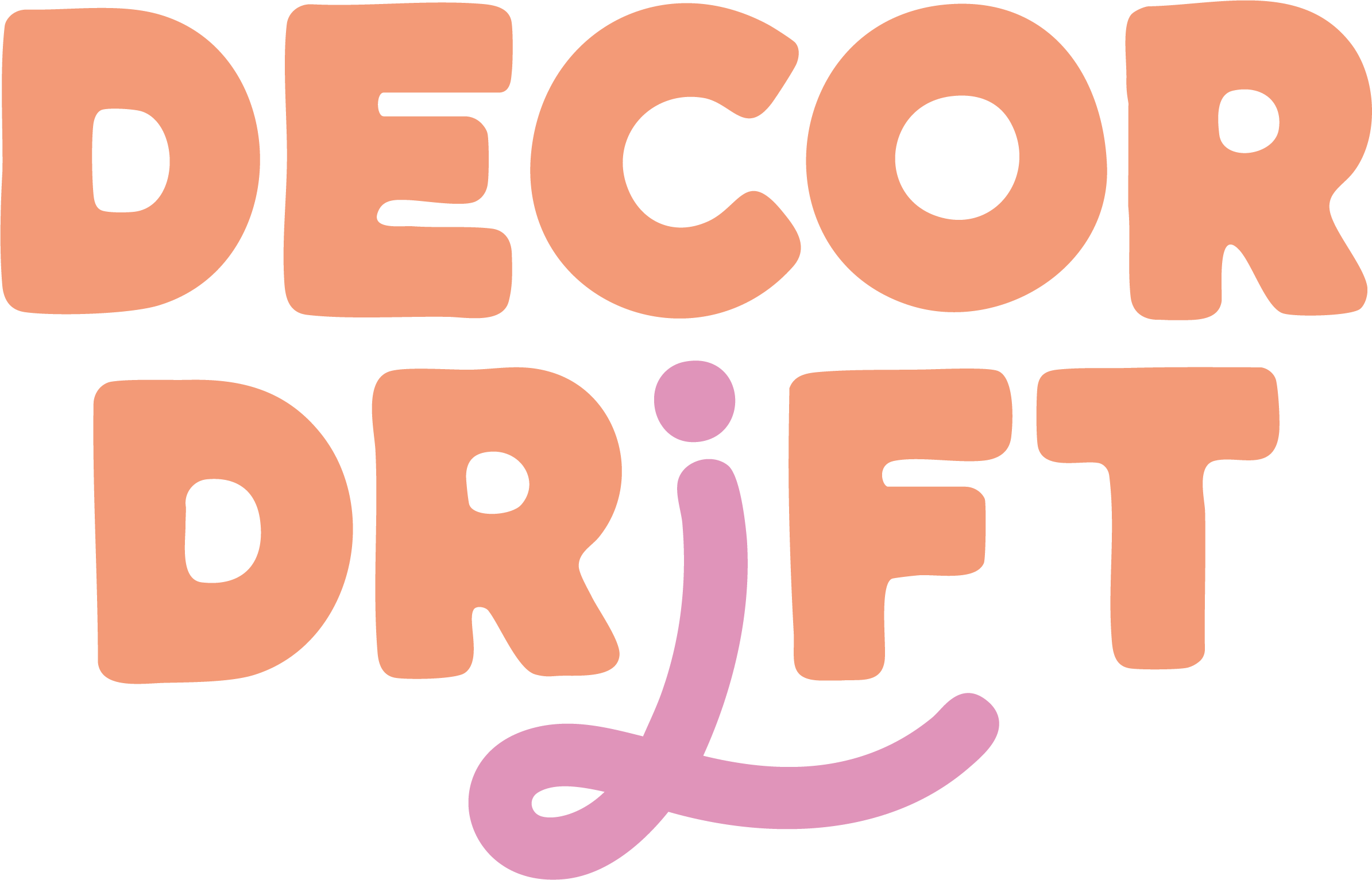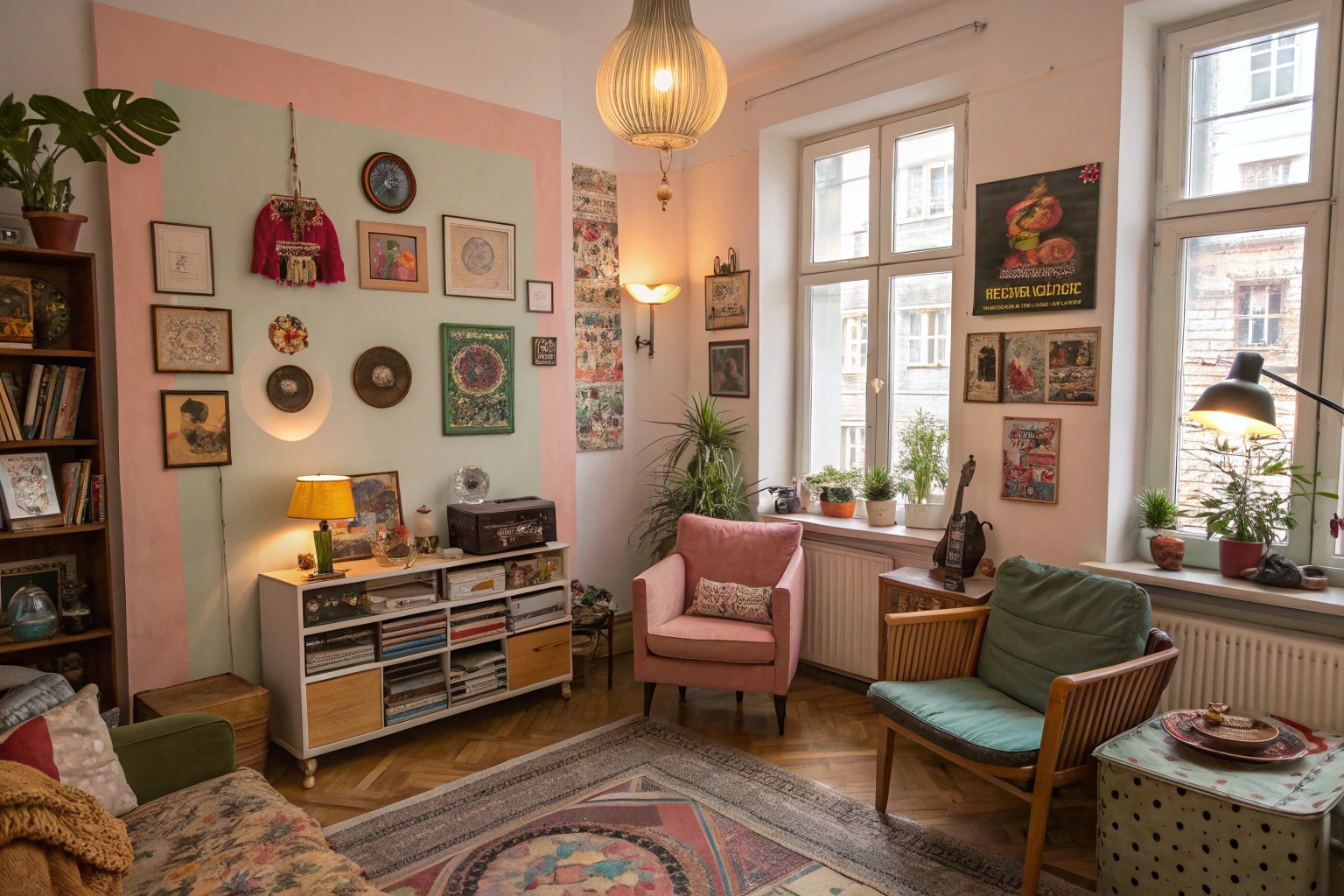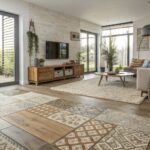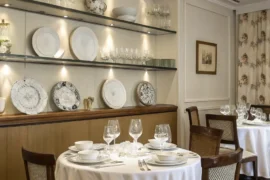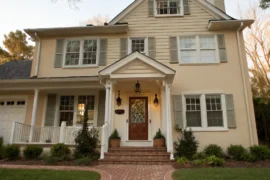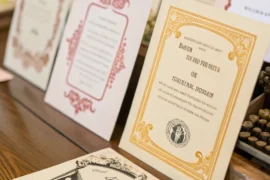Thrift shopping transforms ordinary spaces into personalized masterpieces without breaking the bank. Beyond mere bargain hunting, it’s about discovering pieces with history and character that mass-produced items simply can’t replicate. As someone who’s designed countless spaces using secondhand treasures, I’ve witnessed how these overlooked items often become the most conversation-worthy elements in a home.
Understanding the Thrift Aesthetic
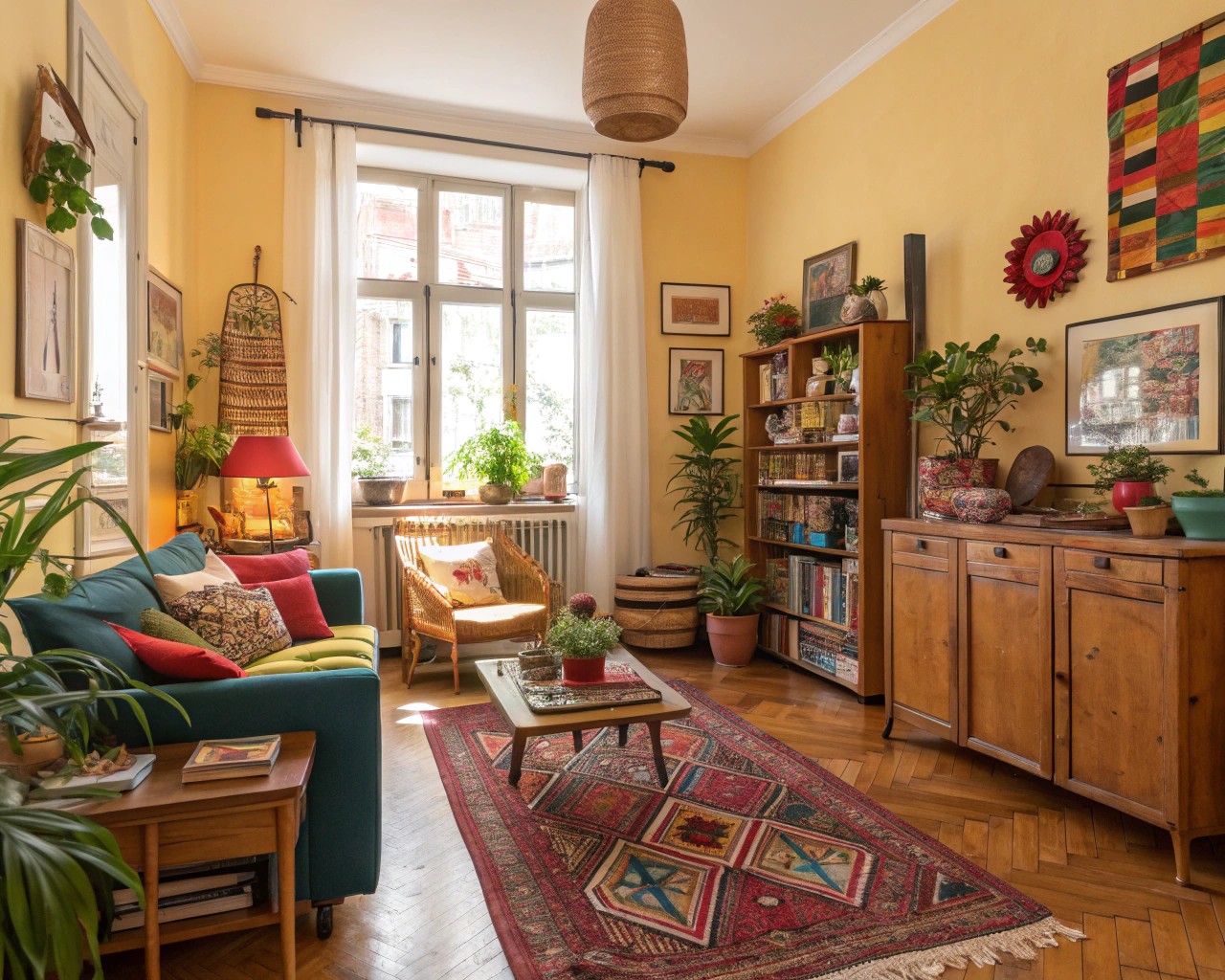
Today’s thrift aesthetic has evolved from budget necessity to celebrated style choice. Unlike minimalism’s emphasis on scarcity, thrifted maximalism embraces abundance through bold colors, varied patterns, and diverse textures.
What makes thrifted spaces special:
- Diversity of Items: Maximalist decor celebrates variety, from vintage to modern pieces, allowing for unique style expressions
- Textures and Patterns: Layering different materials creates warmth and visual interest
- Layers of Color: Vibrant colors coexist harmoniously, creating energizing environments
- Sustainability: Every reused item reduces environmental impact
- Personal Stories: Each piece contributes to a home’s unique narrative
You might notice that the most impressive homes often feature this careful curation of high and low, new and old. I’ve found that clients who initially hesitate about incorporating thrifted pieces often become the most enthusiastic converts once they experience the depth these items bring to their spaces.
Planning Your Thrift Hunt
Success at thrift stores requires strategy. Random browsing might occasionally yield treasures, but intentional hunting dramatically improves your results.
Setting Your Intentions
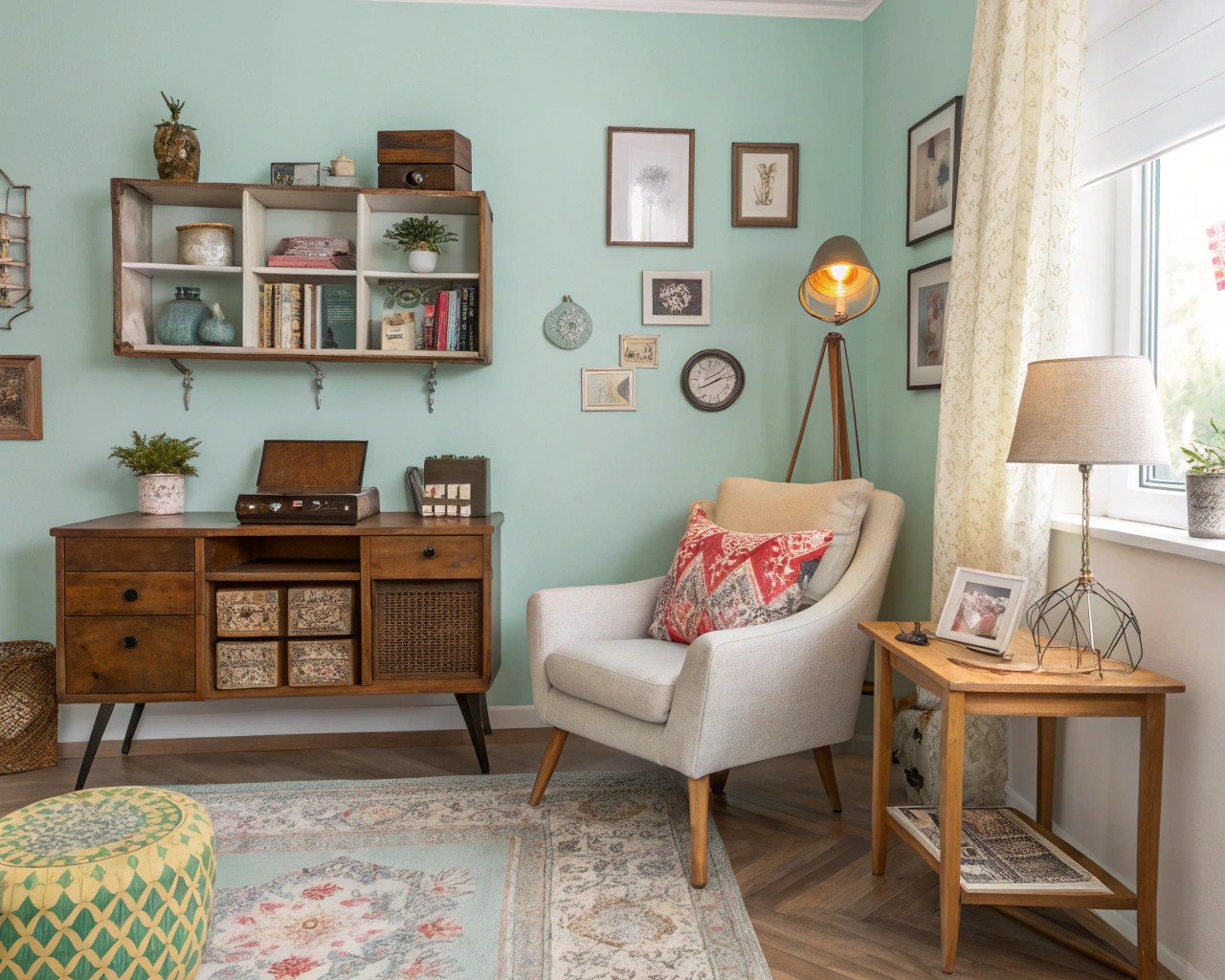
Before hitting thrift stores, determine your design goals. Are you seeking statement pieces for a maximalist space? Hunting for items to upcycle? Or searching for specific garden elements? Having a clear vision helps filter through overwhelming variety.
When working with a client in the Midwest, we created a specific “thrift list” before our shopping day. This focused approach helped us find three perfect pieces for her dining room in a single afternoon.
Mapping Your Route
Strategic planning maximizes your thrifting efficiency:
- Locate all local second-hand shops using Google searches
- Check with local bloggers who might list favorite thrift spots
- Always be observant while driving for undiscovered shops
- Use alternative search terms like consignment shop, charity shop, or resale
- Consider online platforms like Facebook Marketplace
I recommend creating a Google Map with all potential thrift locations marked, then developing an efficient route that minimizes backtracking.
When to Visit
Timing significantly impacts your thrift store success:
| Day of Week | Advantages | Disadvantages |
|---|---|---|
| Monday/Tuesday | Fresh weekend donations | Limited selection after weekend shoppers |
| Mid-week | Less crowded, more browsing time | Fewer new items added |
| Thursday | Pre-weekend restocking begins | Competition increases |
| Weekend | Largest selection available | Most crowded, picked-over by Sunday |
Additionally, visiting during seasonal transitions often yields the best selection, as people clean out their homes and donate unwanted items.
Home Decor Treasures
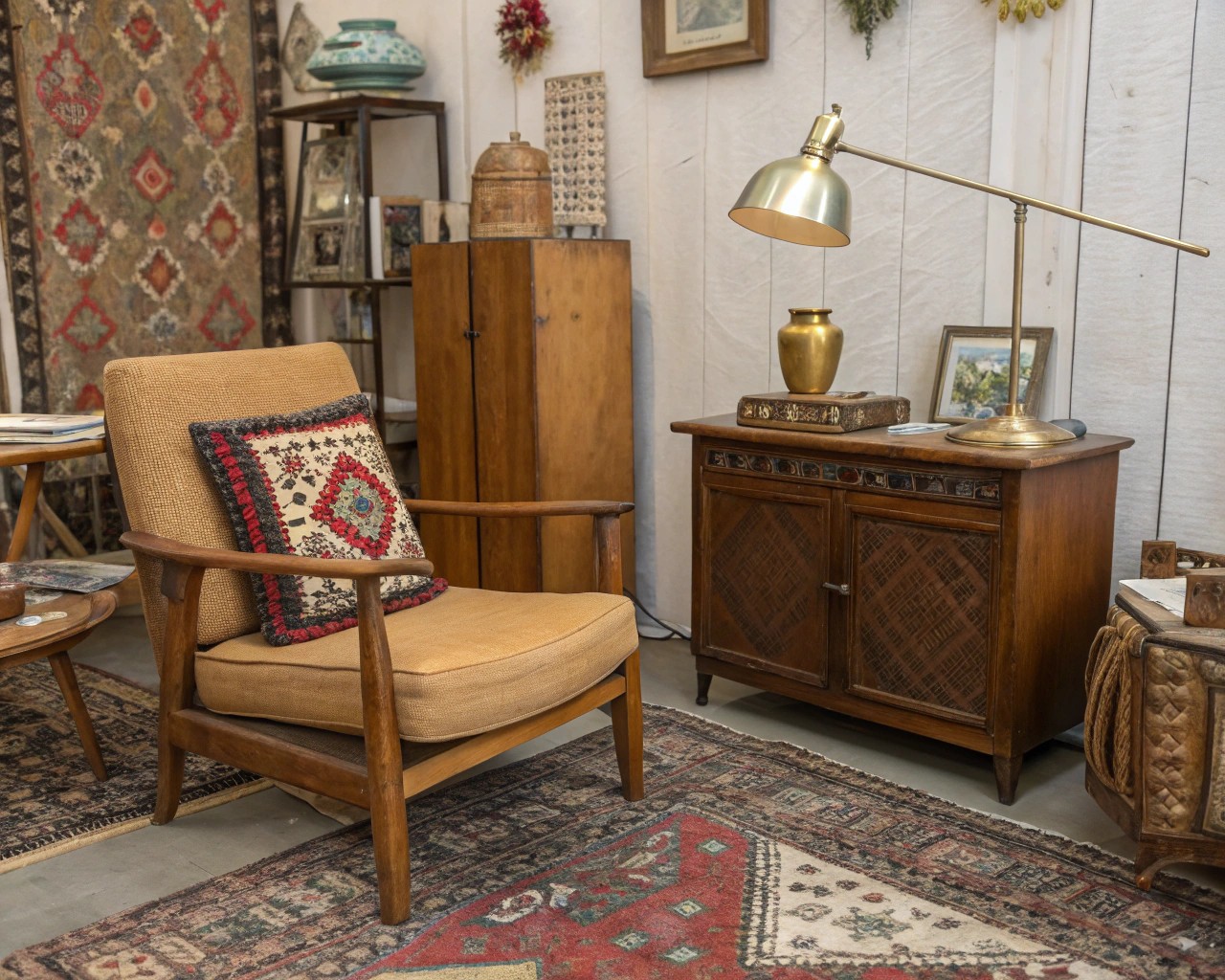
While thrift shopping involves serendipity, certain categories consistently offer better value and transformation potential.
Furniture with Potential
Quality furniture often represents the best thrift store value. Look for:
- Solid wood construction: Even with damaged finishes, solid wood can be beautifully refinished
- Classic silhouettes: Traditional forms maintain appeal longer than trendy pieces
- Good bones: Focus on structural integrity rather than surface appearance
- Quality upholstery frames: Reupholstering is cost-effective when the frame is solid
One of my favorite client transformations involved a $15 bench with outdated fabric. After recovering it with vintage striped velour, it became a stunning accent piece that regularly receives compliments from guests.
Decorative Accessories
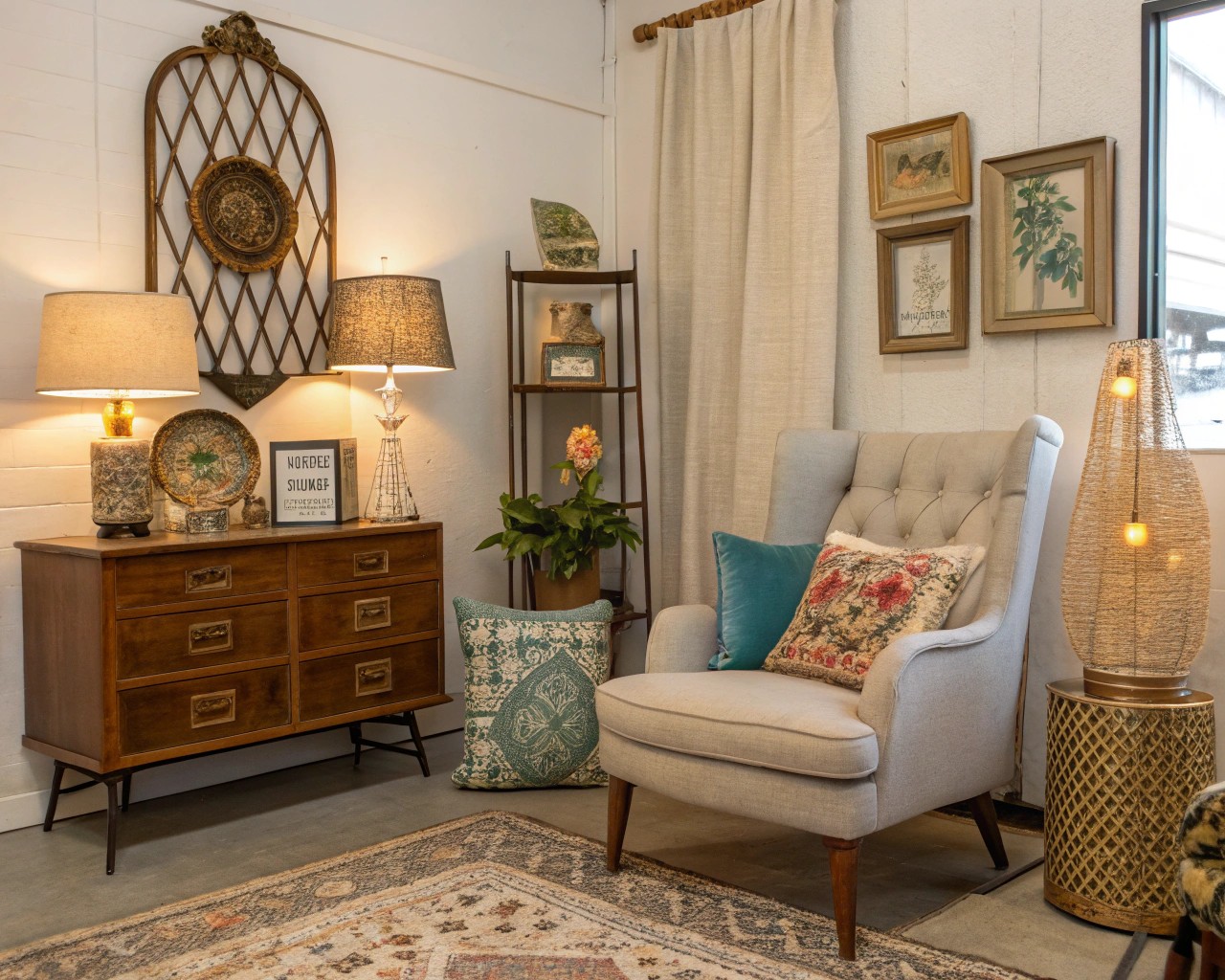
Accessories offer low-risk, high-reward thrifting opportunities:
- Vintage artwork: Original paintings and prints often sell for a fraction of their value
- Ceramic and glass pieces: Look for unique forms and interesting glazes
- Baskets and containers: These versatile items add texture and practical storage
- Books: Beautiful covers add character to shelves and tables
You’d be surprised how often a $5 thrifted vase becomes the perfect finishing touch in a carefully designed room.
Lighting Fixtures
Thrift stores often contain incredible lighting options:
- Table lamps: Look for interesting bases that can be paired with new shades
- Pendant lights: Vintage pendants add character to kitchens and dining areas
- Chandeliers: Even outdated styles transform with paint or new crystals
- Sconces: Wall-mounted lighting adds ambiance while taking up minimal space
We recommend budgeting for rewiring vintage lighting for safety, but even with this additional cost, thrifted lighting typically costs 70-80% less than comparable new fixtures.
Garden and Outdoor Finds
Thrift stores offer unexpected treasures for outdoor spaces that add character while conserving both natural resources and your budget.
Planters and Containers
Think beyond traditional garden pots—thrift stores contain numerous items that can be repurposed:
- Vintage kitchenware: Colanders, teapots, and ceramic bowls make whimsical planters
- Baskets: Line with plastic for instant textural planters
- Old toolboxes: These create industrial-chic herb gardens
- Wooden crates: Perfect for creating compact raised beds
For a client’s courtyard garden, we collected thrifted brass containers over several months. The collection now houses succulents on her garden wall, creating a striking focal point that cost less than $100 total.
Hardscaping Elements
Look for unique items that define garden spaces:
- Secondhand lamps: These can be transformed into garden art or plant stands
- Architectural salvage: Old windows, gates, and doors create garden dividers or trellises
- Indoor furniture: Many pieces can be sealed for outdoor use as unique garden features
- Mirrors: Weather-resistant mirrors create the illusion of space in small gardens
In one urban garden redesign, I found thrifted wooden shutters that we mounted on a fence. Painted vibrant blue and adorned with hanging plants, they transformed a bland boundary into a Mediterranean-inspired feature wall.
Transformation Techniques
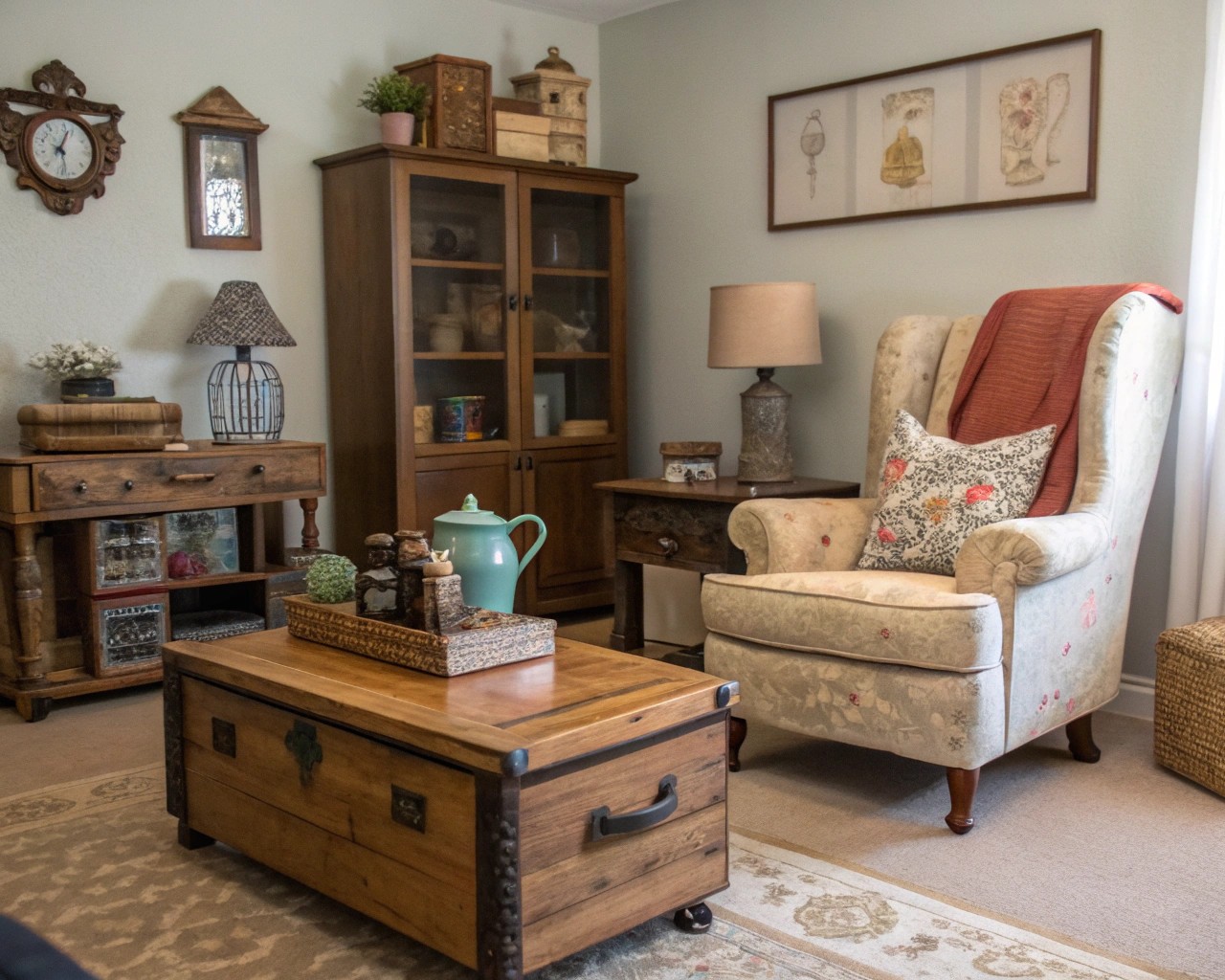
The magic of thrifting lies in seeing potential where others see outdated castoffs. With some basic skills, almost any thrifted item can be revitalized.
Basic Refurbishing Skills
Every thrift enthusiast should develop these fundamental abilities:
- Painting techniques: Basic painting, distressing, and antiquing
- Hardware replacement: Updating knobs, pulls, and fixtures
- Minor repairs: Fixing loose joints, filling scratches, and securing wobbly elements
- Cleaning methods: Safe approaches for different materials and finishes
Learning these four skills will allow you to transform approximately 75% of thrifted furniture finds. The remaining 25% might require professional help or more advanced techniques.
Upcycling Ideas
Some of the most impressive thrift transformations involve creative repurposing:
- An old indoor jacuzzi recovered with leather and converted into a stylish “bargain bin” for clothing
- Hotel trolleys or bell carts transformed into unique clothing racks
- A vintage front bar refurbished into a payment counter
- Reclaimed lighting fixtures, such as chandeliers, repurposed in new spaces
Working with a budget-conscious restaurateur, we transformed thrifted vintage school maps into wall coverings, creating a travel-themed dining area that became the restaurant’s signature aesthetic.
Case Studies and Success Stories

Real-world examples best illustrate the potential of thrift store finds.
The Eco-Thrifty Renovation
One remarkable case involved a 100-year-old abandoned villa purchased for roughly the price of a mid-range Mercedes Benz. The owners applied simple principles:
- Passive solar design (solar gain, thermal mass, and insulation)
- Adherence to the 3 R’s (reduce, reuse, recycle)
- Strategic glazing reshuffle to maximize natural light
- Functional improvements like French doors connecting kitchen to garden
This thrift-focused renovation created a sustainable, comfortable home while serving as a demonstration project for the surrounding community.
The Grand Thrift Store
Another inspirational project involved transforming an existing heritage building into an elevated second-hand retail space. The designers implemented:
- Hand-painted wall murals and paper mâché sculptures
- Repurposed chandeliers and galvanized sheet steel
- Original wooden flooring preservation
- Custom display units made from reclaimed materials
The space successfully elevated the perception of second-hand shopping through thoughtful interior design strategies.
From Thrift to Online Success
Not all thrifting happens in physical stores. The experience of Katie, who expanded her vintage business from a single platform to multiple online marketplaces, demonstrates the growing digital thrift economy. Her sales grew significantly by reaching different audience demographics across platforms.
This digital approach applies equally to home goods, with many designers now scouting online platforms for unique items that can be shipped directly to clients.
Common Pitfalls to Avoid
Even experienced thrifters occasionally make mistakes. Here are some common pitfalls to watch for:
What to Skip
Not everything at thrift stores deserves a second life:
- Heavily damaged upholstery: Unless you’re prepared for professional reupholstering
- Particle board furniture: Generally doesn’t hold up to refinishing
- Stained or damaged mattresses: Health concerns outweigh potential savings
- Incomplete sets: Unless you have a specific use for individual pieces
- Items with strong odors: Smells can be nearly impossible to eliminate
I once made the mistake of purchasing a beautiful vintage chair with subtle water damage. Despite multiple restoration attempts, the framework eventually failed, wasting both money and effort.
Evaluating Condition vs. Potential
Develop a keen eye for distinguishing between fixable flaws and deal-breakers:
| Issue | Fixable? | Approximate Repair Cost | Worth It? |
|---|---|---|---|
| Surface scratches | Yes | $20-50 in supplies | Usually |
| Loose joints | Yes | $10-30 in glue/clamps | Usually |
| Minor upholstery tears | Yes | $100-300 | Sometimes |
| Water damage | Sometimes | $50-500+ | Rarely |
| Structural damage | Rarely | $200-1000+ | Almost never |
| Missing hardware | Yes | $20-100 | Usually |
When in doubt, use this rule of thumb: if the repair will cost more than 50% of what a comparable new item would cost, it’s generally not worth the investment unless the piece is truly special or historic.
When a Bargain Isn’t Really a Bargain
Sometimes what seems like a deal becomes anything but. Be wary of:
- Projects requiring specialized tools you don’t own
- Items needing expensive materials to restore
- Pieces requiring professional services (like reupholstering)
- Projects demanding skills beyond your current abilities
We encourage clients to be honest about their DIY abilities and calculate all potential costs before purchasing. What seems like a $30 bargain can quickly become a $300 project if you’re not careful.
Creating a Thrift-Focused Design Plan
Successfully incorporating thrifted items requires the same design principles as any well-planned space. You’ll need:
- A clear vision of your desired aesthetic
- Accurate measurements of your space
- A color palette that ties diverse items together
- A mix of anchoring pieces and accents
- Patience to collect the right items over time
As one thrift design expert wisely pointed out, furnishing a room requires an investment of either money or time, or often a blend of the two. Those willing to invest time can achieve high-end looks without the high-end price tags.
